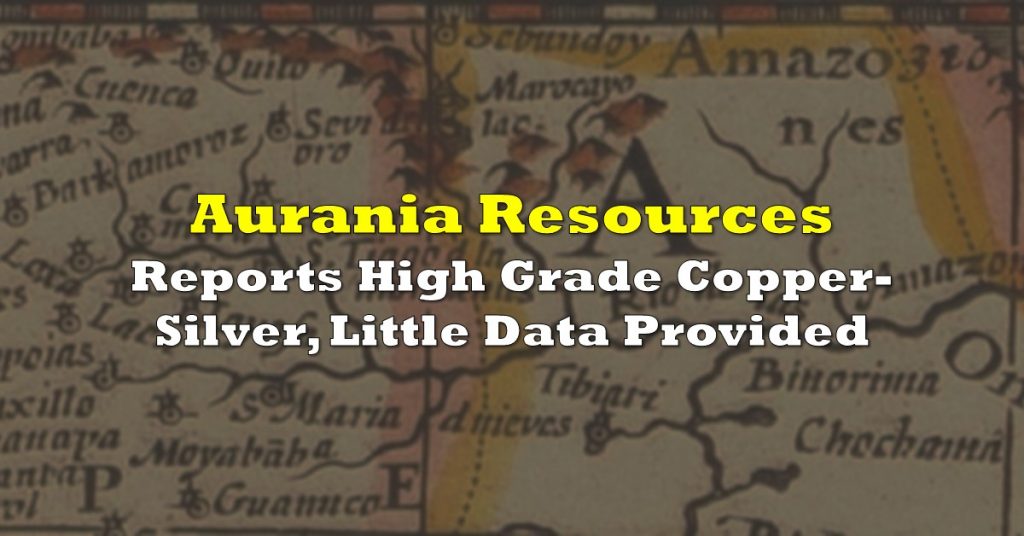The US Department of the Interior finalized the 2025 List of Critical Minerals, expanding it to 60 mineral commodities from 50 in 2022 and 35 in 2018, to guide national security, supply chain, and industrial policy.
The final 2025 list adds market-moving names. Uranium and metallurgical coal are in, consistent with executive directives issued this year.
The US government has published its final "critical minerals" list, expanding its rankings to 60 metals and minerals, up from 50 in 2022 and 35 in 2018 when the first list was created. At this inflationary rate, the whole periodic table would be soon considered critical. pic.twitter.com/R6zTQr70z8
— Javier Blas (@JavierBlas) November 6, 2025
Copper, silver, lead, rhenium, silicon, and potash are included in the final roster after being recommended in the draft. Phosphate is added following interagency input citing food security.
The final also keeps arsenic and tellurium after the draft proposed removing them, reversing that earlier recommendation. The list also included boron after the public comment period identified supply chain issues in steel additives analogous to other ferroalloys on the list.
Silver just got officially declared a critical mineral in the U.S.
— Peter Krauth (@peter_krauth) November 6, 2025
This is huge. Industrial demand is exploding — electronics, solar, EVs — and supply can’t keep up. Projects producing silver are now front and center for investors and governments alike.
Bottom line: the market… pic.twitter.com/muUhk3wOX3
USGS says the 2025 update relies on an expanded two-part methodology. First, an economic effects assessment modeled more than 1,200 disruption scenarios across 84 mineral commodities and measured impacts on 402 US industries and the broader economy. Second, the review checked for single points of failure where a sole domestic producer could jeopardize a supply chain.
The final list also acknowledges where byproduct recovery is material, such as silver from base-metal operations, rhenium from molybdenum and copper, and tellurium from copper and platinum group circuits.
Nations around the world begin to build strategic reserves, demand for strategic materials and commodities will double or more. When preparing for an arms race, you set aside one pound for every pound you consume, and if your supply is threatened, such as with heavy rare earths,… https://t.co/YfvWJr9kfI
— Tim Hack (@realTimHack) November 6, 2025
The Energy Act requires USGS to refresh the list on a regular cadence with public comment and publication in the Federal Register. The 2025 notice reiterates that the list does not replace other agency definitions of strategic or essential materials and that many minerals not listed remain important to the economy and national security.
The 2025 summary says the list “will be dynamic and updated not less than biannually,” while the Energy Act reference in the same document states an update “at least every 3 years.”
Information for this briefing was found via the sources and the companies mentioned. The author has no securities or affiliations related to this organization. Not a recommendation to buy or sell. Always do additional research and consult a professional before purchasing a security. The author holds no licenses.









